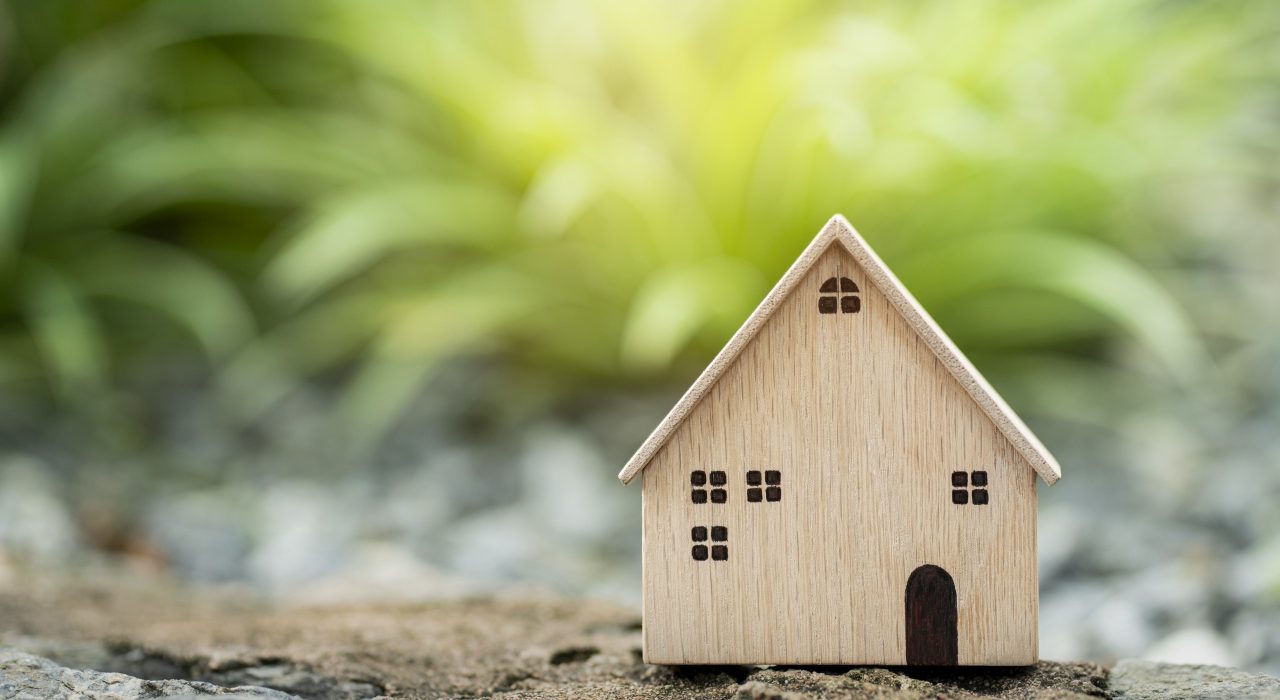
Bio-architecture: what you need to know to live in harmony with your home
Bio-architecture, which originated in Germany at the end of the 1970s, was primarily a response to the worldwide energy crisis of 1973. Its principles were initially based on energy saving. Bio-architecture wanted to bring alternative energies to oil into homes. Today, bio-architecture meets many more criteria, so that it has become a true medicine for our homes and the human beings who live in them. Bio-architecture is the discipline that makes homes resilient to external changes, flexible and adaptable to future needs, and energy self-sufficient.
Orientation, passive ventilation, thermal insulation, protection and recovery of precipitation, reduction of heat loss, solar heat storage and diffusion are some of the principles on which bio-architecture is based today. Bio-architecture also takes into account how important it is to choose the right place to build a house and, above all, with what kind of materials. Bio-architecture dwellings safeguard the physical and mental well-being of human beings and are ecologically sustainable at the same time.
Yes to bio-architecture, but in which case?
If you want to build your house in bio-architecture, you first need to choose a suitable location. Not all geographical conditions are suitable. Shade or too much sun can be used to your advantage or can be a problem. The proximity to a watercourse can be an advantage, but it becomes inconvenient when this water source is located on the underground axis running through your home. Obviously, materials also need to be considered. Today, for example, paints can make use of nanotechnology, which, thanks to properties such as silicon oxide and titanium molecules, which are available in nature, can help to insulate homes. In bio-architecture we tend to recycle materials from the past whenever possible. Clay, wood, stone, plaster or hemp not only have a minimal impact on the environment, but also reduce temperature fluctuations and absorb humidity. The 0 km approach is another principle of bio-architecture. Transport costs are lowered and building materials found in nature in a particular region are also better suited to the climatic characteristics of that place. The materials used in bio-architecture must be free of radioactivity and must be disposable without harming the environment.
Some bio-architects can even go further and prevent the geopathies to which many of us are susceptible. This is also where the principles of Feng Shui discipline come in. In such cases, the environment as a whole is studied, paying particular attention to telephone masts, Curry or Hartmann lines; it is advisable that energy beams from the deep layer of the earth do not collide with the human being who inhabits the space. Attention is paid to the orientation of the bed to ensure a restful night’s sleep, or to creating a home power grid that bypasses certain areas of the house. These principles are also based on the frequencies of MHz waves which help to reduce various types of domestic pollution. With a few tricks, it is possible to live in harmony with our home and cure insomnia or migraine.


